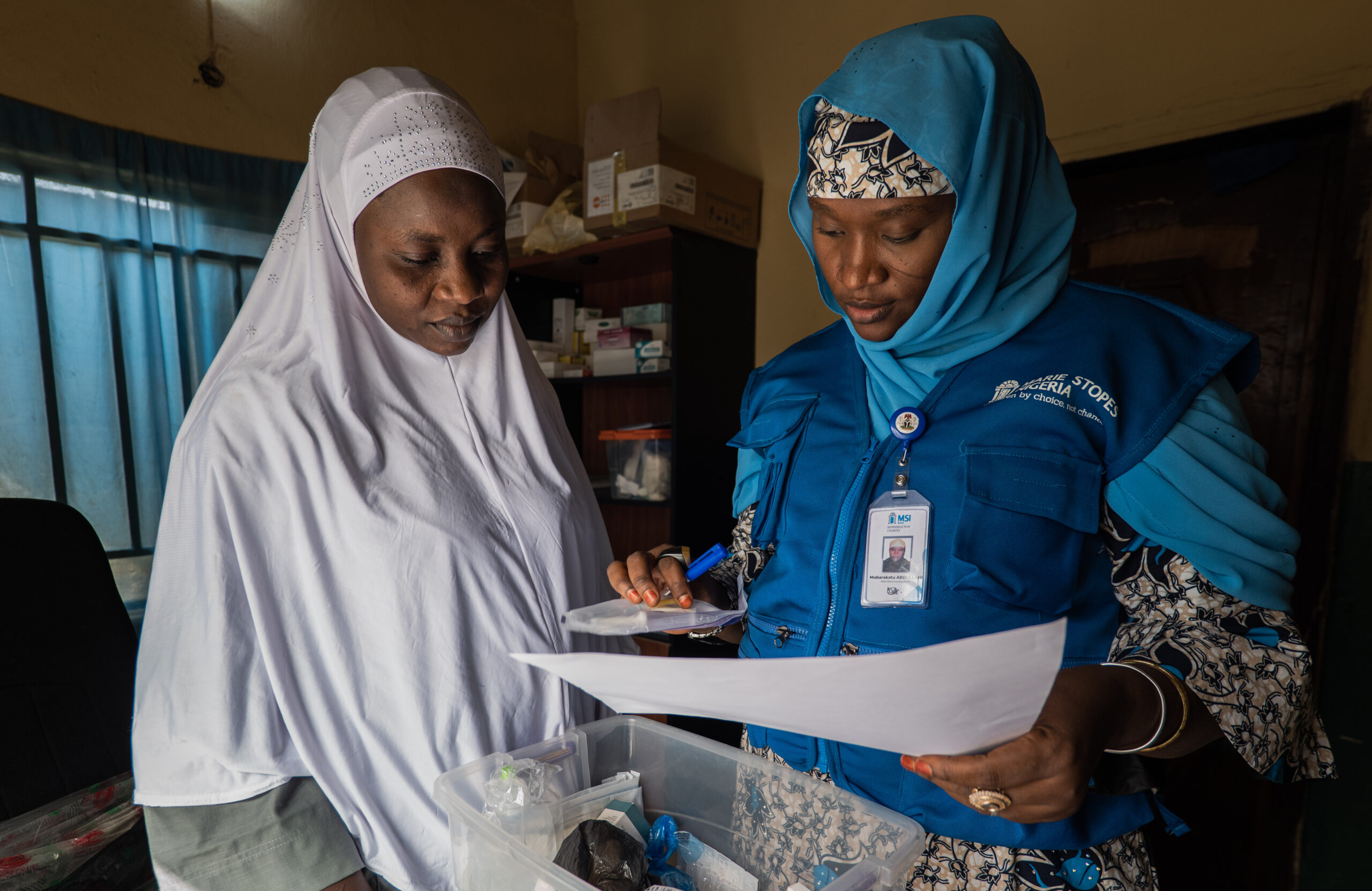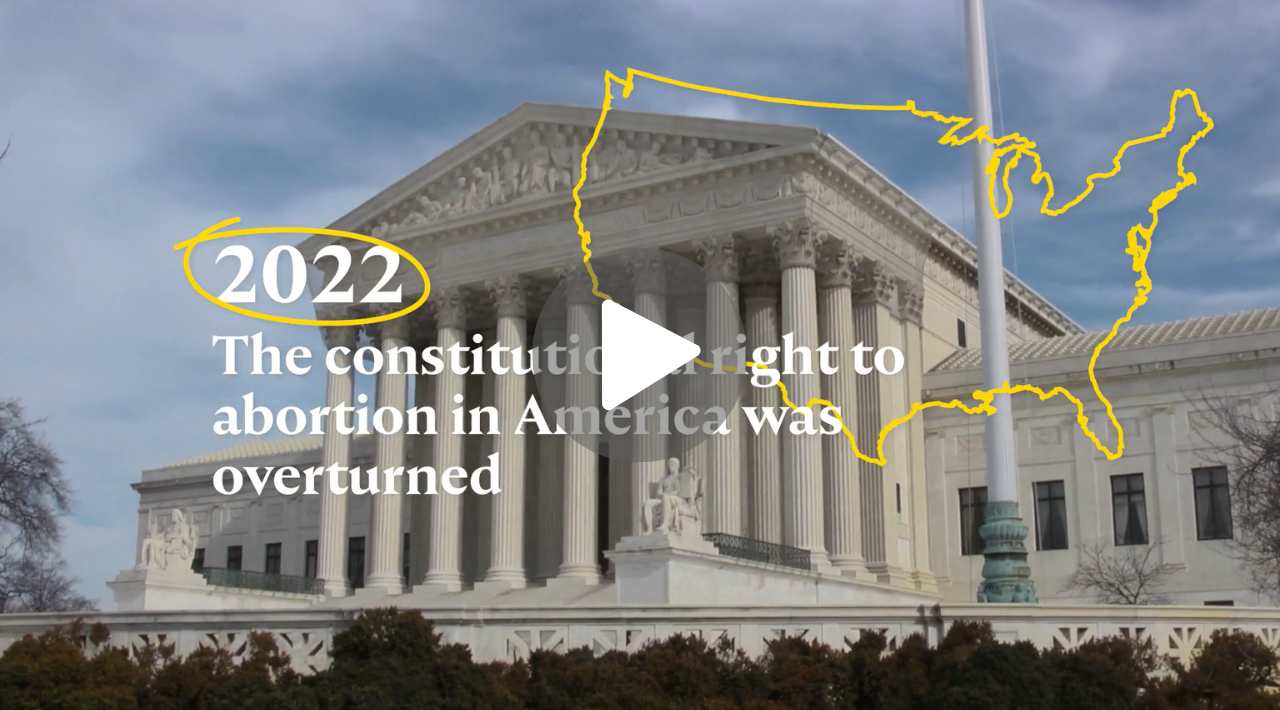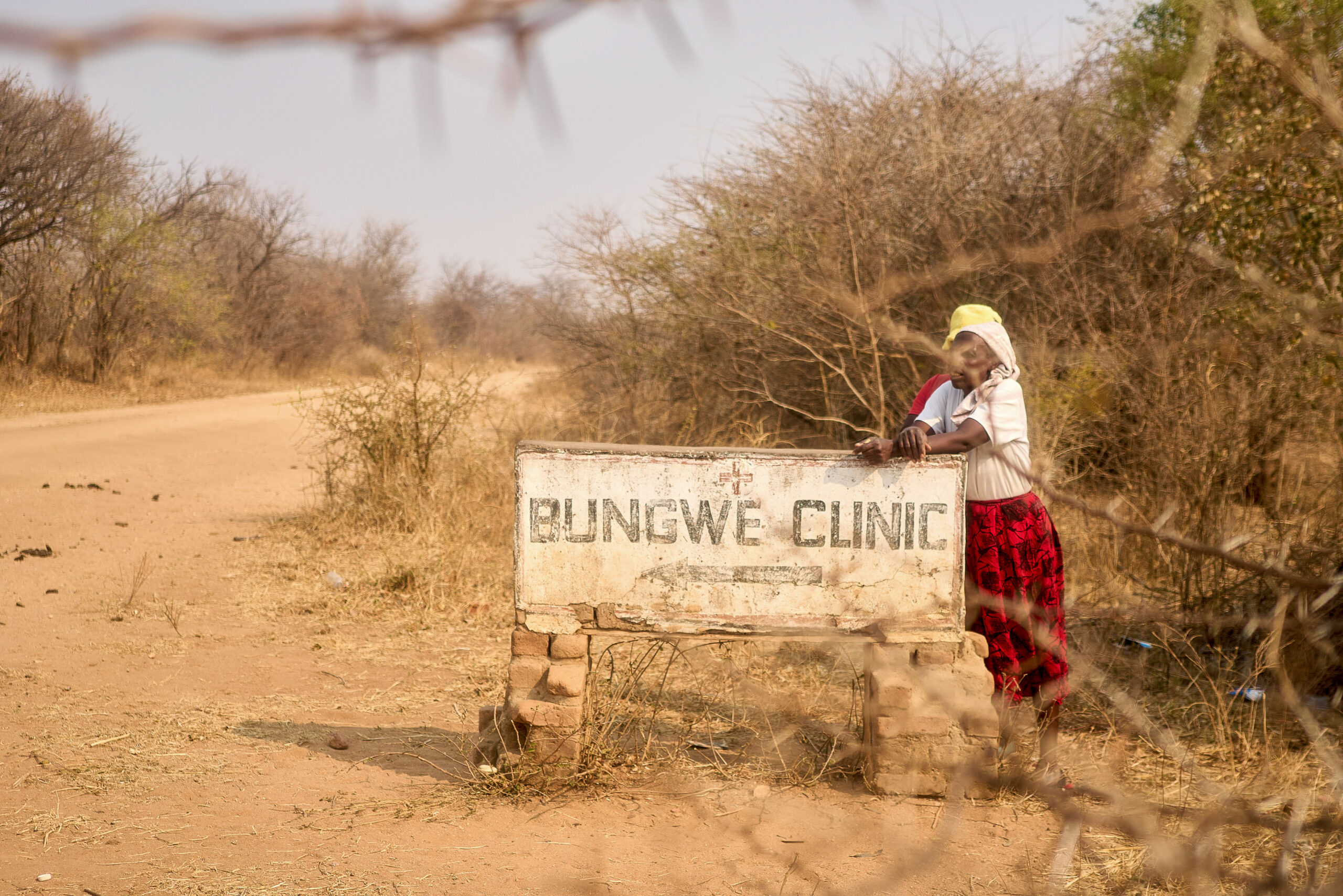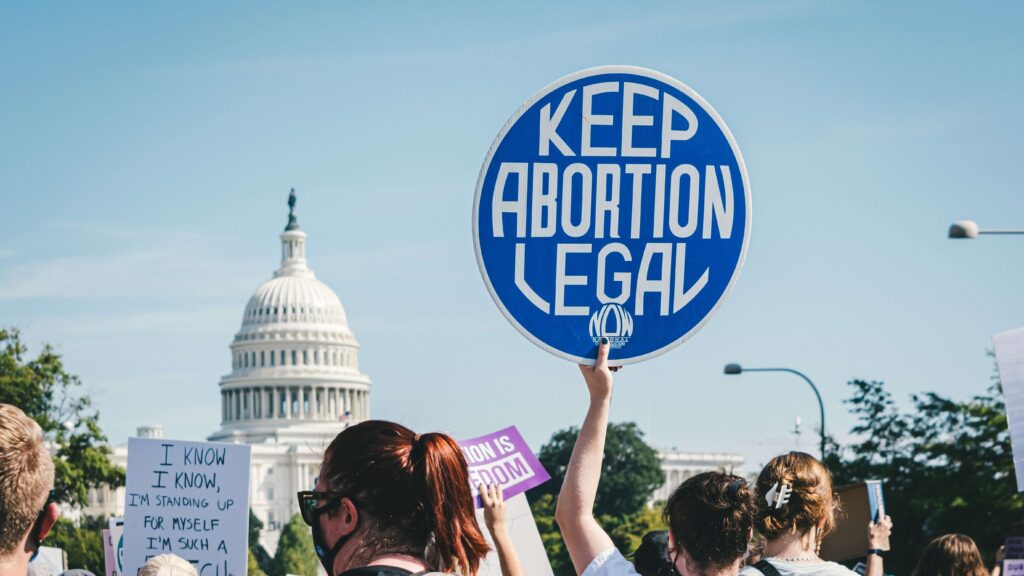
Roe v Wade’s reversal not only goes against public opinion on abortion rights in America, but also against a tide of positive changes seen in other countries across the world.
Over the last 30 years, 59 countries have relaxed restrictions around abortion. This includes 18 countries that have overturned complete bans on abortion. In contrast, with Roe v Wade overturned, the US joins the ranks of only three other countries to have restricted access in that time: Poland, El Salvador, and Nicaragua.
So, while the news from the US is cause for alarm, it also reminds us of how far we’ve come, and why we cannot turn back the clock in countries that have liberalised abortion.
We speak to MSI abortion providers in Cambodia, Ethiopia, and Nepal about the difference legalising abortion has made in each of their countries.
Cambodia
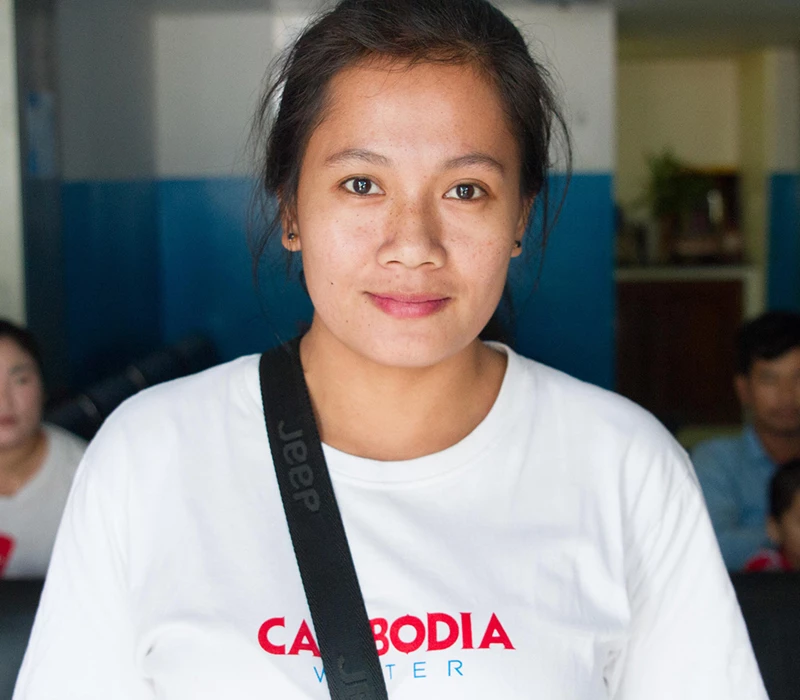
Abortion was legalised 25 years ago in Cambodia, but doctors and nurses at MSI remember the impact of the country’s once restrictive abortion policies.
“The death rate from unsafe abortion was high but so too were abortion rates,”
MSI provider Sophornnary said, highlighting how women across the world continue to seek abortions despite restrictive policies.
“Many women ended up with heavy bleeding, and there were some that couldn’t be saved.
Due to a lack of training on abortion care, the homemade methods used by traditional health providers were often unsafe, risking women’s lives in the process.
“The story of a woman who died trying to access abortion care in Kampong Chhang continues to haunt me today,”
she said.
“She came to me seeking my help after an unsafe abortion and told me she couldn’t stop the bleeding.
“I told her to go to the hospital. Given the law in Cambodia at the time, I didn’t dare to help her. I didn’t want people to say that she died under my care.”
After abortion was legalised, Sophornnary started working with MSI to raise awareness of contraceptive methods and safe abortion. She now sees about 10 women for safe abortion services a month. She has noticed a huge change for women in Cambodia.
“The most crucial thing about the law was that it decreased the rate of maternal mortality,” she said.
Since abortion was legalised in Cambodia, the maternal mortality rate has dropped dramatically from 432 maternal deaths per 100,000 live births to under 170 per 100,000.
Ethiopia
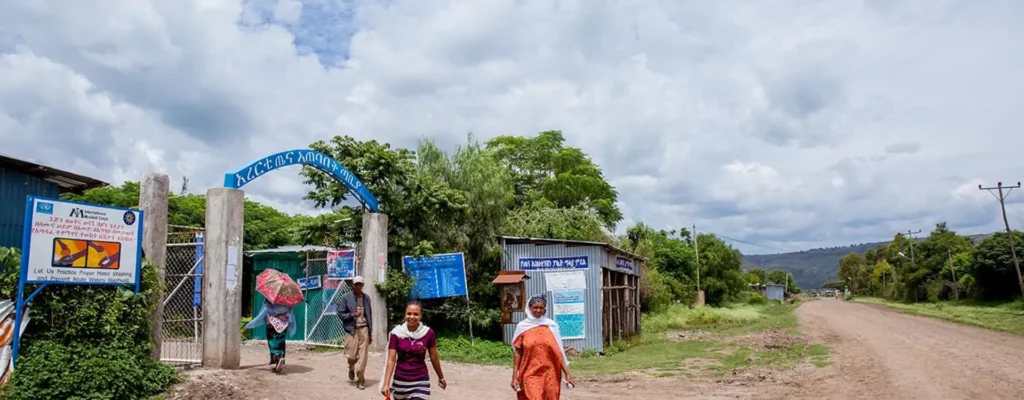
Before Ethiopia liberalised its abortion laws in 2005 to help tackle the country’s high maternal mortality rates, unsafe abortion contributed to nearly a third of all maternal deaths in the country.
“The law was very strict, but as in many contexts, the risks did not deter women and abortion rates remained high,”
Abebe Shibru, MSI Ethiopia’s country director said.
“In an average week, around two or three women died in clinics across the country. At that time, it was normal to see half of the delivery and gynaecology rooms in Ethiopia filled with women who needed immediate medical assistance.”
With no legal routes to access an abortion, women were faced with dangerous alternatives that could cause infections, lifelong disabilities, and were in some cases fatal.
“The methods women used at the time to try and terminate an unwanted pregnancy were desperate. Ranging from traditional remedies including tree roots and herbs, women would also insert harmful objects like catheters and metallic tools inside of them to try and end their pregnancy, causing uterine perforation and organ injury.”
Since 2005, Ethiopia has made huge strides in making safe abortion accessible for women in the country and recent studies have shown that maternal mortality due to unsafe abortion has dropped sharply from a third to 1%[1].
Abebe added:
“The change in abortion laws in Ethiopia has helped us to serve more women with safe and effective high-quality care. The rooms and the beds once reserved for post-abortion care are now used to help women to access safe abortion and a range of sexual and reproductive health services.”
Nepal
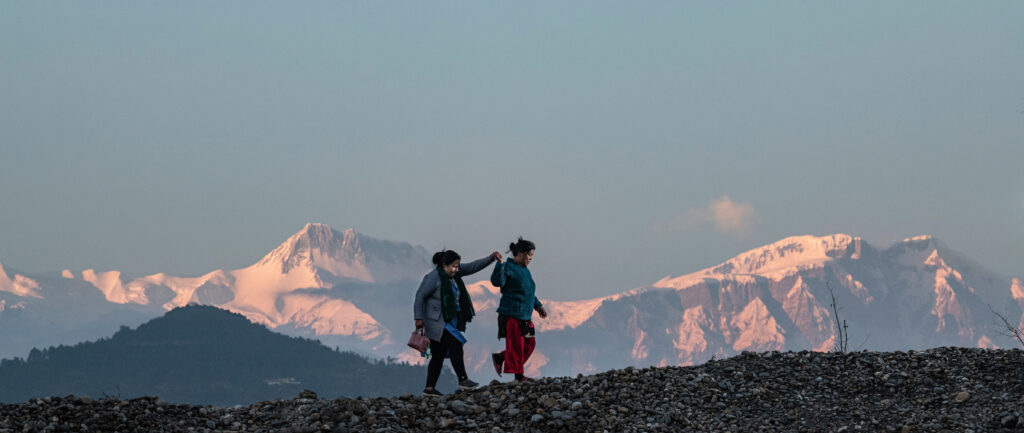
Lila started working for MSI just as abortion was legalised in Nepal in 2002. Born in Sindhupalchowk, a rural region to the north of Kathmandu, Lila knows all too well about the barriers that women and girls in remote areas face accessing sexual and reproductive health services.
Before abortion was liberalised in Nepal in 2002, 20% of its maternal deaths were attributable to unsafe abortion, one of the highest in the region. Thanks to commitments from the government and the tireless work of abortion providers like Manju, this has now dropped by a staggering 72%.
“The services we provide now are very different from when I first started as a midwife,”
she said.
“Before abortion was legalised in Nepal, I often saw clients coming in with severe pelvic bleeding, including women who had visited traditional providers to access abortion.”
She added:
“Sometimes clients came into the clinic after being advised by traditional providers to use a 4cm long “medicinal stick” that was inserted in their vaginas. It was so distressing to see women going through that situation every day and for women to have to hide their pregnancies as it was illegal to have an abortion.”
Since the start of the pandemic, MSI Nepal has worked closely with the government to deliver medical abortion at home, protecting women’s access to choice at a critical time.
“The situation is completely different now. Women across the country can access safe abortion services, and since the start of the pandemic, we’ve been able to support women to access medical abortion services at home,”
said Lila.
Wherever we work one crucial fact has always remained constant: bans and restrictions do not reduce the abortion rate; they just make them less safe.
In countries with restrictive laws, the percentage of unintended pregnancies ending in abortion has increased by 14 per cent over the last 30 years.
The US should listen to the overwhelming evidence from Cambodia, Ethiopia and Nepal and protect women’s access to essential healthcare.
[1] Emergency Obstetric and Newborn Care (EmONC) Assessment (2016), Ethiopian Ministry of Health
It only costs £6 per year – or 2 pence per day – for MSI to provide someone with life-changing reproductive healthcare, giving them the power to decide if or when to become pregnant. This reproductive choice helps keep girls in school, supports women to lead, and helps build more equal communities. Support our work to enable reproductive choice globally.
Updated in September 2022






